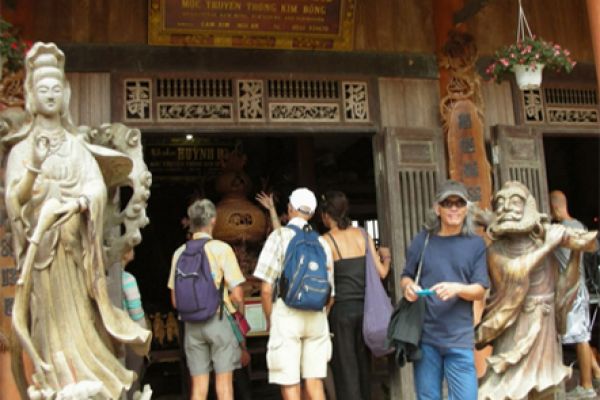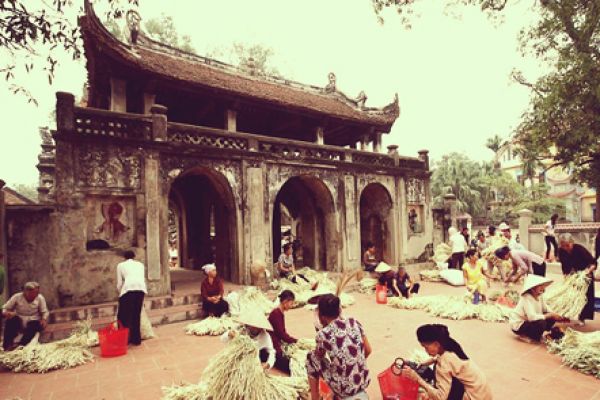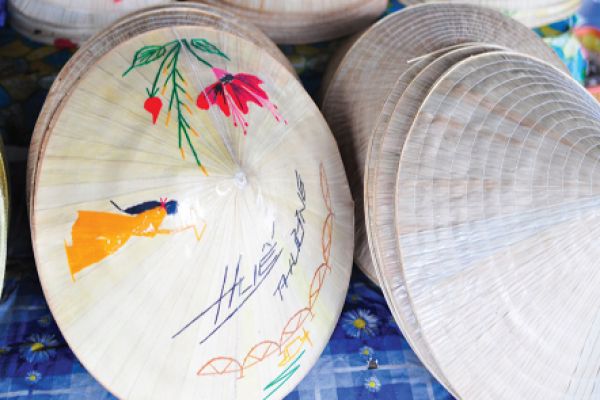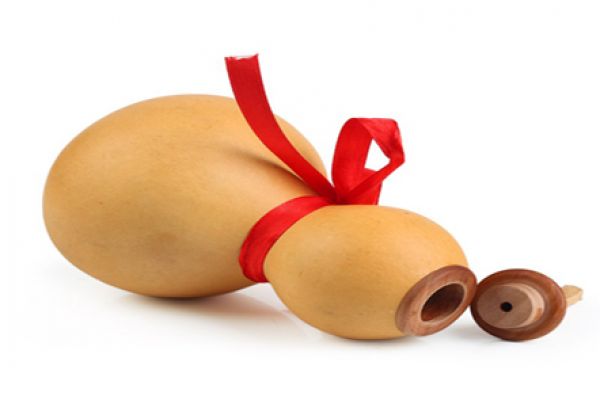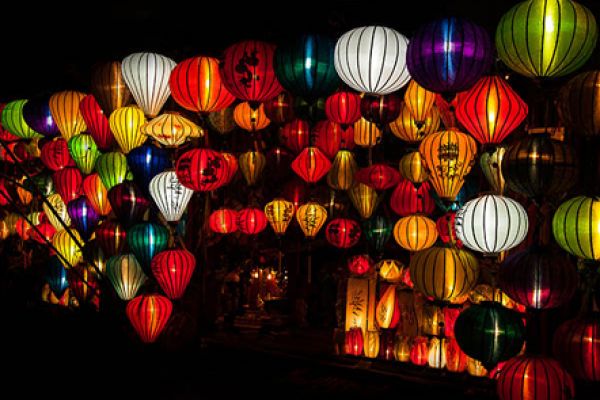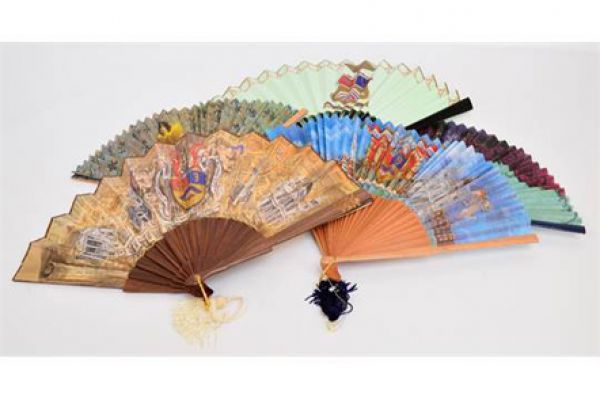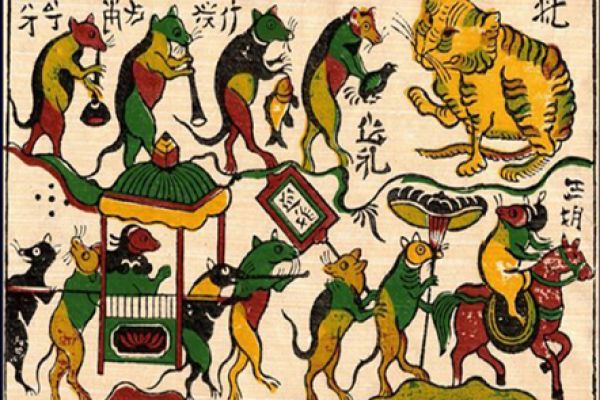The main road is surrounded by greenery and ponds, and colourful bolts of silk drying on the road. In fact, the village`s fine silk, commonly known as Ha Dong Silk, has inspired many poets and composers to write about its beauty.
The village is busy with activity and one can hear the sound of the newer power-looms in every home. The days of working strenuously with traditional, manual looms are gone, and the village`s weavers each operate three large power-looms with a small electric motor.
Design of Ha Dong silk patterns has been computerized, which allows designers to reduce working time from 20 days to a just three days per pattern.
Following stories of Van Phuc artisans, the first Vietnamese silk maker was Princess Hoang Phu Thieu Hoa, also known as Mo Nham. Daughter of King Hung Dinh Vuong - King of the first Dynasty of Vietnam - she lived over 3000 years ago.
Thieu Hoa liked weaving, and she often travelled outside the palace to teach people to farm silkworms and the fine art of weaving. When Thieu Hoa reached the age to marry, her father wanted to marry her to a teacher. Thieu Hoa asked the King to delay the wedding and moved to Co Sat village to live, and there she taught people to weave while she worked as a farmer.
As a 32-year-old, she travelled the country to teach the arts of silk in more than 60 villages. She then returned to Co Sat, where she lived out her days.
The most famous Van Phuc product is lua van, van means cloud in Chinese, since lua van billows like a cloud. The village artisans drew the idea to make lua van from flowers and the clouds the jet over bamboo thickets in the summer sky. Producing lua van is a demonstration of the skill of a silk weaver.
Van Phuc, now has 730 households with 1,600 people earning a living by weaving silk. The village stocks a wide variety of silk products, and ships goods all over Vietnam, as well as exported overseas.
Customers can buy silk suited to their wallet. Fabric made of 50% silk sells for an average of VND20,000 per meter, 75% silk for VND50,000, while 100% silk is priced depending on the quality of pattern and fabric thickness.
Statistics show that 785 of all 1,343 households in Van Phuc commune take part in the craft. Silk sales generate about VND27bil and make up 63% of the commune`s economy each year.
Given that each power-loom generates one weaving job (not including supplementary jobs such as spinning, dyeing and yarn joining), the craft village can create more than 1,000 jobs each year.

